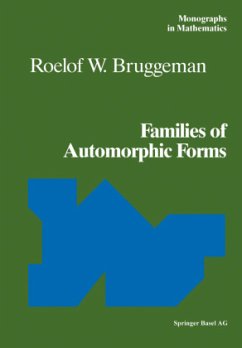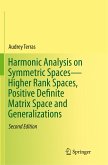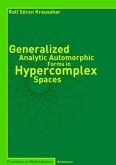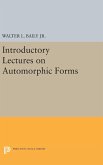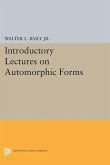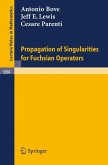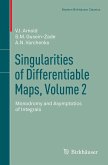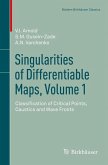Automorphic forms on the upper half plane have been studied for a long time. Most attention has gone to the holomorphic automorphic forms, with numerous applications to number theory. Maass, [34], started a systematic study of real analytic automorphic forms. He extended Hecke's relation between automorphic forms and Dirichlet series to real analytic automorphic forms. The names Selberg and Roelcke are connected to the spectral theory of real analytic automorphic forms, see, e. g. , [50], [51]. This culminates in the trace formula of Selberg, see, e. g. , Hejhal, [21]. Automorphicformsarefunctionsontheupperhalfplanewithaspecialtra- formation behavior under a discontinuous group of non-euclidean motions in the upper half plane. One may ask how automorphic forms change if one perturbs this group of motions. This question is discussed by, e. g. , Hejhal, [22], and Phillips and Sarnak, [46]. Hejhal also discusses the e?ect of variation of the multiplier s- tem (a function on the discontinuous group that occurs in the description of the transformation behavior of automorphic forms). In [5]-[7] I considered variation of automorphic forms for the full modular group under perturbation of the m- tiplier system. A method based on ideas of Colin de Verdi` ere, [11], [12], gave the meromorphic continuation of Eisenstein and Poincar´ e series as functions of the eigenvalue and the multiplier system jointly. The present study arose from a plan to extend these results to much more general groups (discrete co?nite subgroups of SL (R)).
Bitte wählen Sie Ihr Anliegen aus.
Rechnungen
Retourenschein anfordern
Bestellstatus
Storno

